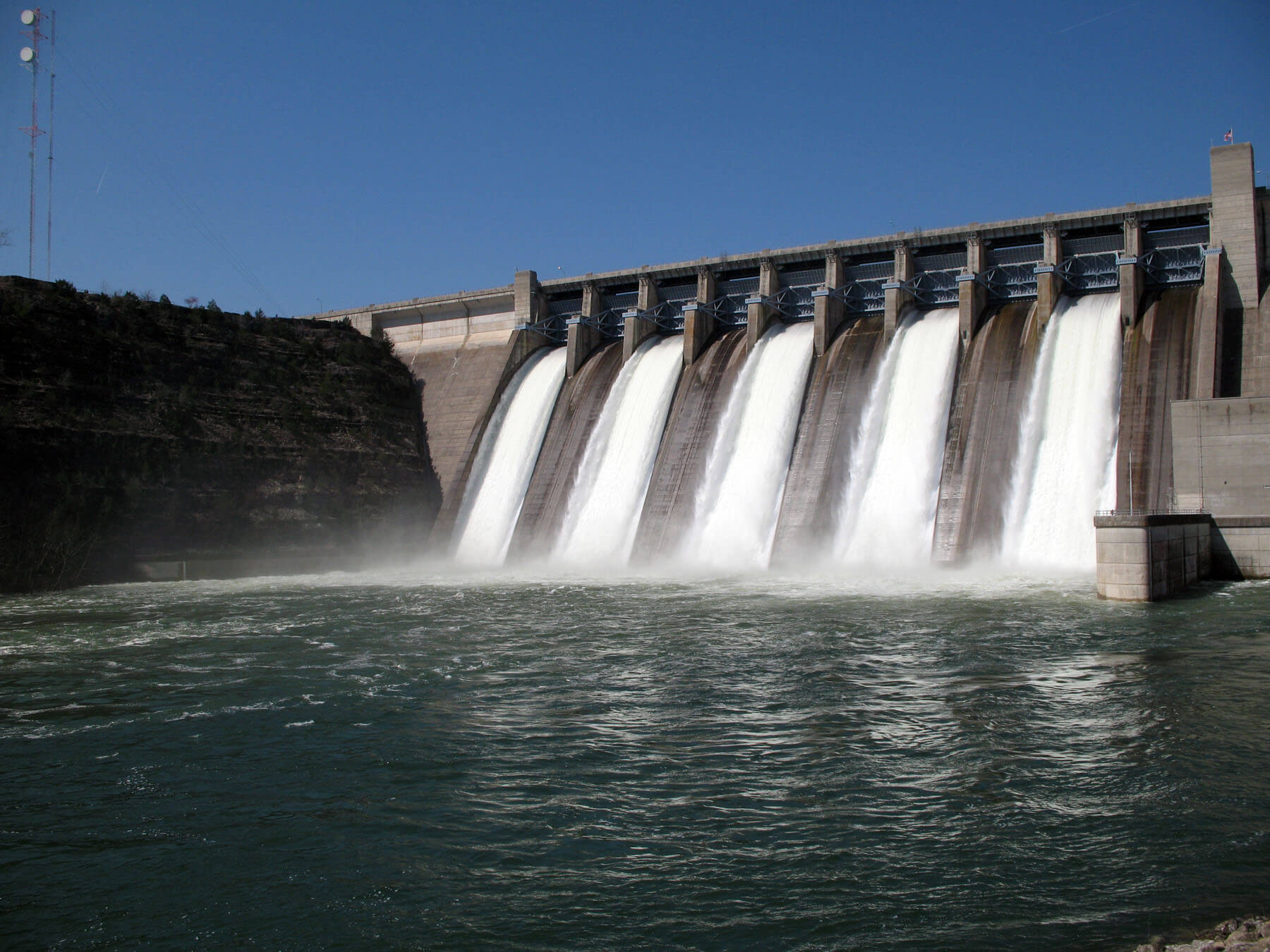Save Mambilla project
Penultimate Saturday, we reported that surveyors had abandoned the assumed site of the 3,050 megawatts (MW) Mambilla hydropower project in yet another blow to the execution of the all-important national project. This also affected other aspects of the project including payment of compensation to residents whose buildings had been marked. The hydroelectric facility, located on […]

Mambilla hydropower project
Penultimate Saturday, we reported that surveyors had abandoned the assumed site of the 3,050 megawatts (MW) Mambilla hydropower project in yet another blow to the execution of the all-important national project. This also affected other aspects of the project including payment of compensation to residents whose buildings had been marked.
The hydroelectric facility, located on the Dongo River near Baruf, in Kakara Village of Taraba State, was originally conceived in 1972, when the first preliminary feasibility study was carried out. But it could advance only after 35 years when China’s Gezhouba Group was awarded the contract to develop the project with 2,600MW installed capacity, in 2007.
The ground survey was completed in August 2010 and environmental approval was received in December 2011. The capacity of the project was increased to 3,050MW in 2012 but stalled due to administrative bottlenecks until it received further government approval in 2016.
On August 30, 2017, the Federal Executive Council (FEC) approved the contract for the construction to a consortium of China Gezhouba Group, a subsidiary of the state-owned China Civil Engineering Construction Corporation (CCECC), Sinohydro and CGCOC Group.
In November 2017, the Federal Ministry of Power Works and Housing formally awarded the project development contract. With a total budgeted cost of US$5.8 billion, the Exim Bank of China agreed to lend 85 per cent (US$4.93 billion) towards the construction. Nigeria committed to contribute 15 per cent (US$870 million) of the construction costs. And to forestall bureaucracy and corruption, the funds will be paid directly to the construction consortium in tranches.
However, in November 2017, attempts to start construction faced constraints including a lawsuit at the International Court of Arbitration. But in February 2020, following the resolution of the lawsuit, there were fresh attempts to resume construction.
In December 2020, contractors moved to site, conducting site surveys, sensitization, enumeration, skill acquisition, capacity building programmes, and preparation for payment of compensation for affected groups. Now, work has again come to a halt.
The levity with which the project is being handled is appalling, especially on the part of the government of Taraba, its host state whose failure to fulfill its responsibilities is said to have forced the surveyors to exit the site. It is even embarrassing that 50 years after conception, there is still no access road to the project site. It can only be accessed by helicopter. Also, the state government is being blamed for the pulling out of the surveyors as it is alleged to have delayed the payment of consultants.
This is a shame as the project is becoming another byword for Nigeria’s failed national development aspirations. On completion, it would be the largest power-generating installation in Nigeria and one of the largest hydroelectric power stations in Africa.
It was to give a lift to Nigeria’s electricity installed capacity of 12,522MW out of which the Transmission Company of Nigeria realizes just over 6,000MW output. Meanwhile, only an average of 4,000MW is supplied to Africa’s largest economy and population. Even at that, the power sector has experienced frequent power outages and system collapses. Which, therefore, emphasises the need for the project.
Sadly, the project has suffered twists, turns and policy shifts and scandals with no visible returns on investment. It is time for the Taraba State government to take ownership of the project, just as we urge the federal government to see it as top priority and not treat it with a business as usual approach.
Already, Nigeria has become a laughing stock as countries like Egypt, with focused leadership and unrelenting political will, in mere six years leading to 2021 raised generating capacity from over 30,000MW to 59,003MW, jumping from 145th rank worldwide to 77th in power generation. South Africa also raised output from 42,000MW to 58,095MW. Angola completed its 2,071MW Lauca hydropower station last December while Uganda, Guinea and Morocco also completed their hydropower projects.
This must not be allowed to continue as the contractors must be immediately mobilised to move back to site and all hands be on deck to ensure that the Mambilla project is completed.
We must understand that this is a very important project whose completion would not only boost electricity supply but also contribute to agriculture, manufacturing and tourism by helping to control flooding, improve irrigation and promote recreational activities. States like Benue and Taraba will also benefit significantly from these positive spill-over impacts to relieve their socio-economic and security problems.
The federal government should explore all options to accelerate this project including renegotiations and even Build, Operate and Transfer (BOT). In addition, the government should urgently seek a realistic resolution of all bottlenecks to this project and expend the necessary will to fully execute it. This project should not be held hostage by the usual tardiness.
